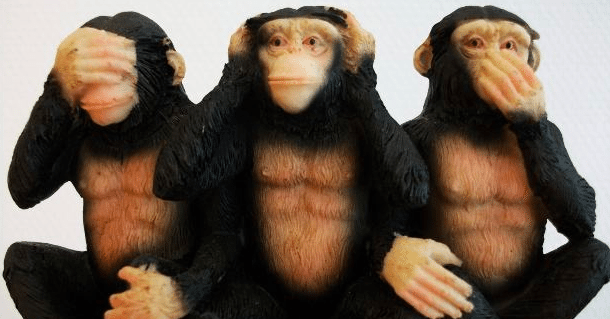It’s worth noting that this post was inspired by one of our youngest team members in a recent commentary on the failed Kardashian wedding, Wikileaks allegations, and more.
Modern digital marketing experts are trained to monitor and respond to positive online dialogue. After all – what’s easier than thanking an overjoyed customer or giving a shout out to the latest blogger fan to write about our brand?
There’s a gap – and it’s a painfully obvious one – in how the same modern marketing pros handle questionable or negative dialogue. We know what the results look like when we see them (see the latest social media gaffe from Chapstick).
So what’s the problem? What stops marketers in the digital age from understanding and responding to negative and sometimes hostile online mentions?
Brand pride, social norms and stomach
I feel like there are some major psychological factors partially responsible for social media snafus. Here are a few questions that sum up my points.
Do you believe you know more about your product or service than online consumers?
If the answer is yes you may be hesitant to acknowledge or assign validity to negative brand mentions. Your brand pride may be getting in the way of realizing that negative comments can provide valuable insights into product development and marketing strategy. Keep a list of negative commentary and address the issues head on in your next marketing meeting. When you allow and encourage dialogue about the negative in addition to the positive you may spark that next big idea.
Are you actively monitoring for curse words, racial slurs, or inappropriate comments that may relate to your brand?
It’s uncomfortable to use curse words in the work place. It’s equally uncomfortable to talk about monitoring these terms with the marketing team. But the reality is that natural language drives social media – and that language isn’t always pretty. Identifying and then quantifying this language can lead to some unexpected discoveries and tap into a segment of consumers that may be otherwise ignored.
Can you tell someone to behave when they are clearly disrupting online dialogue?
Social media means taking the good with the bad. Brands are faced with the temptation to delete or repress highly negative or “unconstructive” criticism. No need to cite case studies here – we’re all familiar with the long list of brands that have been busted for censoring consumer commentary. Sometimes a brand needs to take the “ignore it and it will go away” position. But too often companies choose this option when it’s more appropriate to call out misbehavior for what it is. When was the last time you read a blog post or official response to a brand lambasting a person for obviously bad behavior?
It’s never easy to focus on the negative elements of a marketing effort. But without quantifying the bad we can’t completely measure progress of the good. Something to think about the next time you prepare that monthly marketing report.
